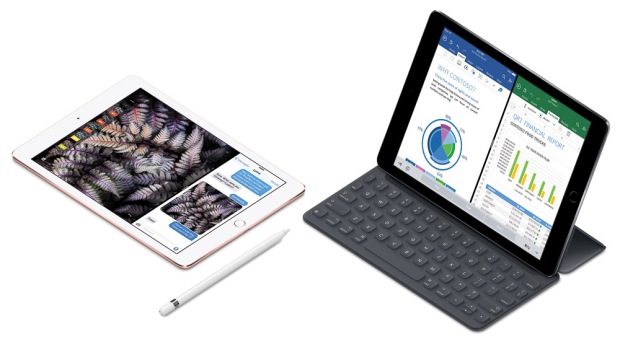
It’s a time-honored tradition to sketch a design idea on the nearest piece of paper, such as the back of an envelope or a cocktail napkin. You then have to take that paper over to your computer and manually translate the sketch into a document you can take through production to final output. Today, with Adobe Comp CC on the Apple iPad, you can design layouts by sketching gestures with nothing more than your fingers. You can then send that design directly to Adobe InDesign CC, Adobe Photoshop CC, or Adobe Illustrator CC as a fully editable layout, ready for immediate refinement and production.
I take a step-by-step look at this mobile and fully digital idea-to-production workflow in Issue 77 of InDesign Magazine. If you just want to read the article, Adobe has made it available as a free PDF at this link:
InStep: Adobe Comp CC
Here’s the whole issue (paid):
InDesign Magazine, Issue 77: Fresh Tips
The issue’s called Fresh Tips because it features a long list of genuinely useful InDesign productivity tips…I’m learning from them myself! In addition to my article on Adobe Comp CC, the issue also introduces the new Publish Online feature in InDesign.
The article is part of an issue of InDesign Magazine that you can buy as a single issue or as part of a subscription. You can download a free trial issue, and you can save $10 when you sign up for a 1-year membership by using this coupon code: friend.
InDesign Magazine is a bimonthly PDF periodical devoted entirely to Adobe InDesign and to the thriving community of InDesign professionals. With editorial direction by page-layout guru and author David Blatner and CreativePro.com editor in chief Mike Rankin, InDesign Magazine brings you the in-depth features, reviews, and tutorials you need to master Adobe InDesign.





